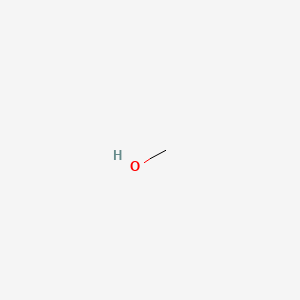acespicoli
Well-known member


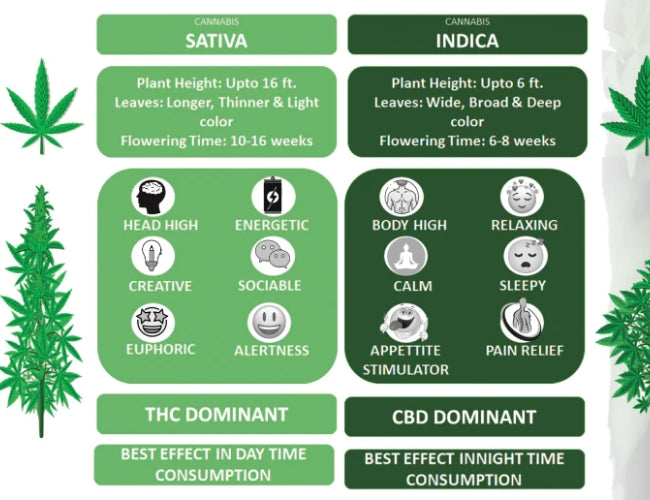
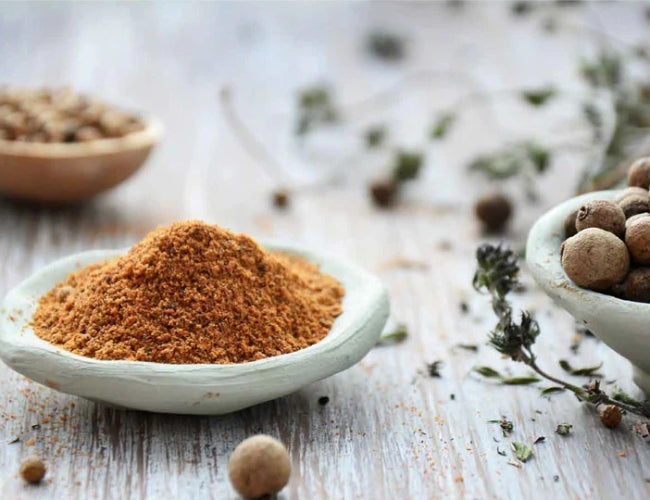
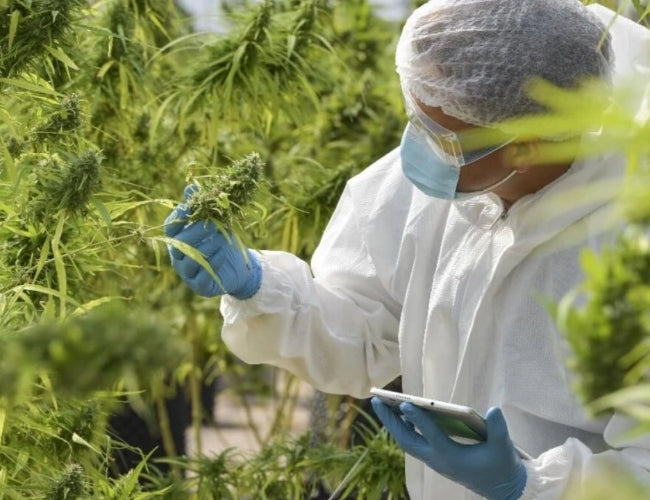
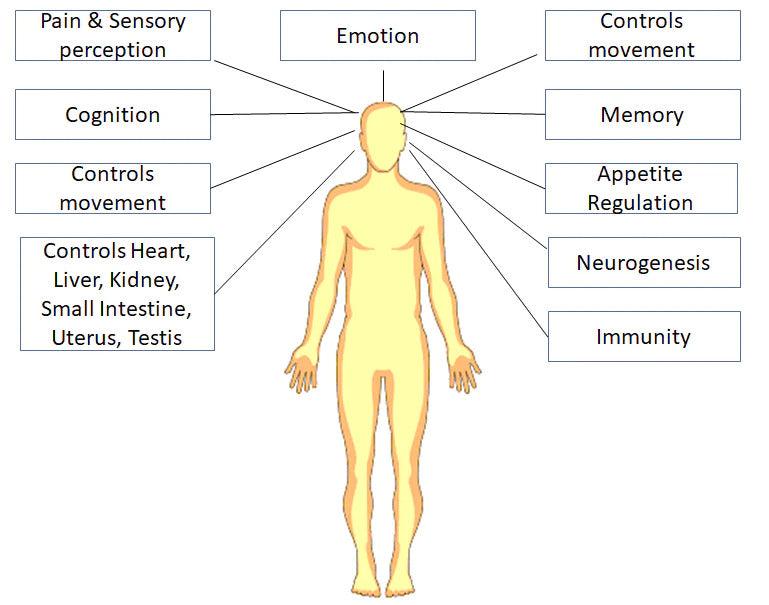

| Disease | Active compound | Receptors | Mechanism of Action |
|---|---|---|---|
| Parkinson’s | THC, CBD | Non-Cannabinoid receptors | Antioxidant activity |
| CB2 | Decreases proinflammatory cytokines and NFkb pathway activity | ||
| THCV | CB2 | Decreases proinflammatory cytokines & ROS. Increases anti-inflammatory cytokines | |
| Huntington Disease | THC, CBD | Non-Cannabinoid receptors | Decreases oxidative stress and edema |
| THC | CB1 | Neuroprotective activity | |
| CBG | Cannabinoid & Non-cannabinoid receptors | Reduces mutant Htt protein aggregation. Counteract superregulation of proinflammatory markers | |
| Alzheimer’s disease | THC | CB1 | Inhibits AChE neurotransmitter |
| CBD | CB2 | Inhibits amyloid-β plaque formation. Modulates iNOS expression | |
| CBD | PPAR-y | Decreases amyloid-β production and reduces apoptosis | |
| Multiple Sclerosis | THC | CB1 | Reduces neuroinflammation. Prevents excitotoxicity by reducing glutamate release |
| Amyotrophic Lateral Sclerosis | THC | CB2 | Reduces excitotoxicity by reducing glutamate release. Reduces oxidative cell damage. |
| Hypoxia-Ischemia | CBD | CB2, 5HT1A | Modulation of oxidative stress and inflammation. Modulation of glutamate and cytokine release. Modulation of COX-3 induction |
| Epilepsy | CBD | GPR55, TPRV-1, 5HT1A | Reduction of Ca2+ in synaptic complex of neurons |
| THC | CB1 | Modulates GABA release | |
| Pain | THC, CBD | CB1, CB2 | Inhibits the release of neurotransmitters from presynaptic nerve. Activates the descending inhibitory pain pathways. |
| CBD | TRPV-1 | Desensitizes TRPV-1 receptor and inhibits activation of other intermediary molecules of signaling pathway. | |
| Apptetite | THC, CBD | CB1, CB2 | Upregulates ghrelin and downregulates leptin hormone |
| Respiratory Disorder | THC | CB1, CB2 | Prevents fibrosis in lung, liver, heart, kidney, and skin cells. Reduces inflammation, oxidative/nitrosative stress. |
Going to start with this rate to make cannabis capsules. Need to work up to a comfortable dose using this variety.1 gram decarbed Hash
5 ml coconut oil (1 teaspoon)
2ml lecithin (1/4 teaspoon)
Heat 220 F for 10 minutes
Freeze
Reheat.
Fills about 10 capsules. Same general strength as the 5 gram version.
What is the general THC content of kief per gram?
 Depends on the starting material cbd/thc etc, so without a tester or lab work
Depends on the starting material cbd/thc etc, so without a tester or lab work 
This is something I intend to persue in earnest with cbd rich ... well also balanced thc/cbd strains to use as feed material for these medications. Also the potency and tolerance needs to be monitored closely.
RSO FECO Liposomal Encapsulation | badkittysmiles
www.badkatscannapharm.com
Lots of great methods of making concentrates on here and also a number of great cannabis infused recipes.
 Thx to everyone working on this and sharing your experiences
Thx to everyone working on this and sharing your experiences

THE CARBON COPY OF THE SITE IS HERE FOR REFERENCE
RSO FECO Liposomal Encapsulation | badkittysmiles
www.badkatscannapharm.com
Lots of great methods of making concentrates on here and also a number of great cannabis infused recipes.


 added this one too have not tried it, also interested in cbd salves for joint pain topical treatments
added this one too have not tried it, also interested in cbd salves for joint pain topical treatments